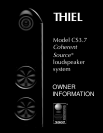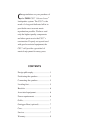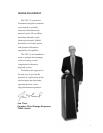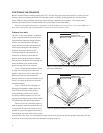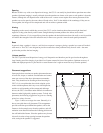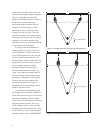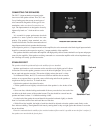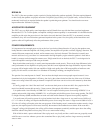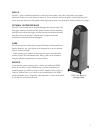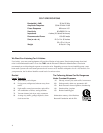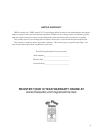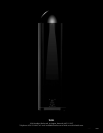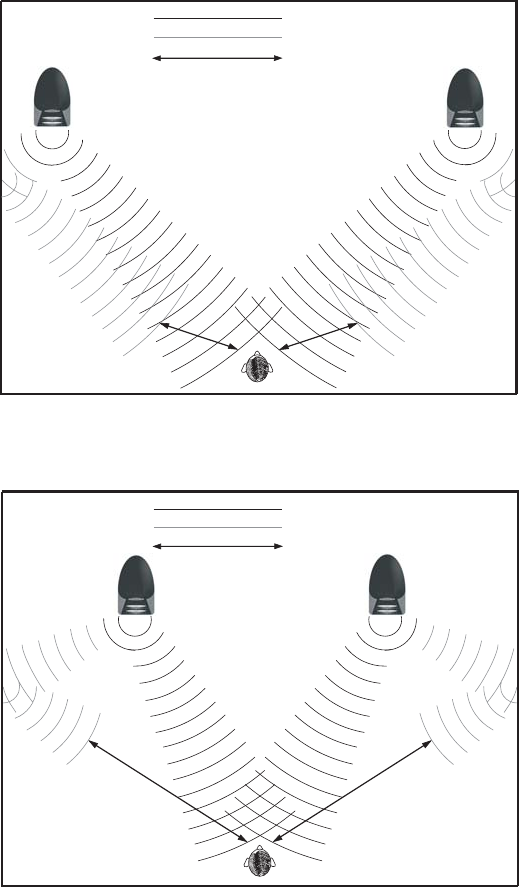
2
POSITIONING THE SPEAKERS
Because of their unipolar radiation pattern, the CS3.7s will provide good results when placed in a variety of room
locations. However, speaker placement will affect the accuracy of timbre, spatial performance, and bass perfor-
mance. Here are some guidelines to help you achieve the best sound from your speakers. (The pointed metal
stabilizer pins should not be installed until the final positioning has been determined.)
All aspects of speaker placement are dependent on the particulars of the room. Since every room is different, no
hard rules can be given, and experimentation is necessary to achieve the best results.
Distance from walls
The CS3.7s, like most speakers, sound best
if they are placed well away from all walls.
Such placement optimizes imaging charac-
teristics, and musical timbres are repro-
duced with the least coloration because the
initial sound coming from the speaker is
distinctly separated in time from the
secondary sound of wall reflections. If
reflections are heard too soon after the
primary sound, the brain tends to interpret
them as part of the initial sound, causing the
perceived timbre to be altered and the
spatial characteristics to be confused.
Figure 1 illustrates the problems caused
by early side wall reflections. When the
speaker is placed too close to side walls, the
difference in arrival times between the
primary sound waves and the reflected sound
waves is too short for the brain to discrimi-
nate between them.
Figure 2 illustrates the advantages of
placing the loudspeakers farther from side
walls. The arrival times of the primary,
forward radiating sound waves and the
secondary, reflected sound waves are well
separated, providing the proper delay needed
for faithful tonal and spatial reproduction.
There will also be a noticeable improve-
ment in openness when the speakers are even
two feet from the rear wall instead of one. If
possible, we prefer the speakers three feet or
more from the rear wall and five feet or more
from the side walls. Also, it is not desirable for large objects to be placed very near the speakers since these will also
be a source of unwanted early reflections that reduce imaging accuracy.
Figure 2. Optimum placement for reducing reflection problems
Direct sound
Reflected sound
Difference in arrival times
Figure 1. Early reflection problems caused by speakers placed
too close to side walls
Direct sound
Reflected sound
Difference in arrival times



